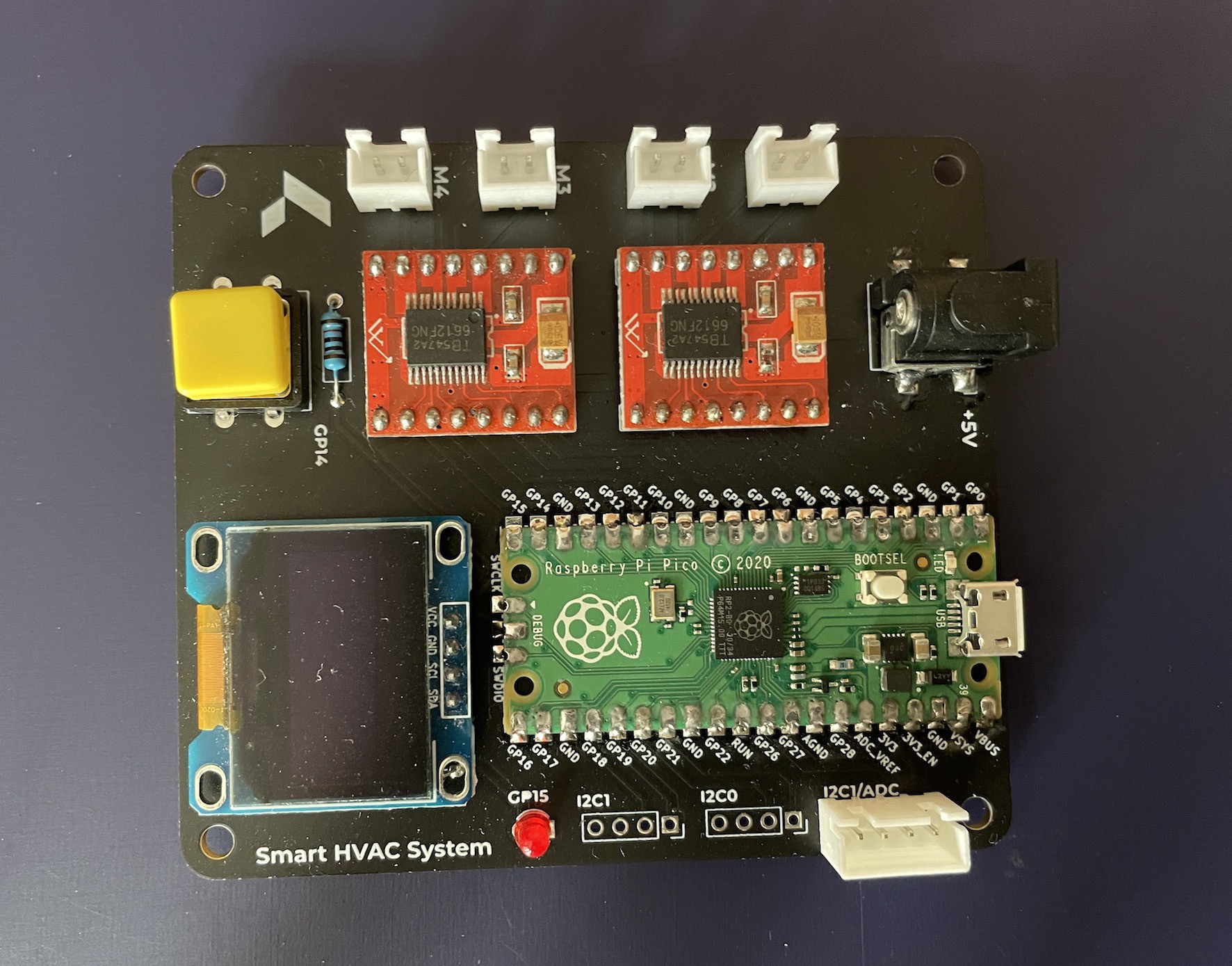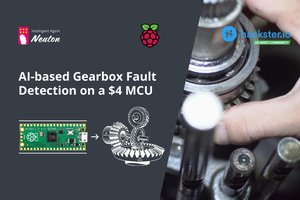The project uses Edge Impulse FOMO (Faster Objects More Objects) custom ML algorithm to detect multiple objects and its coordinates using a compact micro-controller with on-board camera (Nicla Vision). The object detection ML model will use the top view of miniature figures with standing and sitting positions as objects. The data captured will be divided into training and test data. Then the Impulse with Image and Object Detection as learning blocks and grayscale color blocks will be created.
The accuracy result for this training and test model is above 90% so there is confidence when counting the number of objects (person) and tracking its centroid coordinates.
The ML model is then deployed to the Nicla Vision. The number of objects in each zone is displayed into the OLED display. The Nicla Vision also communicates to an Arduino Nano via I2C which we are using for the fan speed controller.
This system will increase fan intensity on areas/zone that need more cooling/heating, which means more activity/people on a certain zone will increase fan intensity on that zone. The total HVAC power output can also be adjusted based on the total number of people in the space.
The project tested using a 1:50 scale model with an office interior with several partitions and furniture and miniature figures. The space is divided into 4 zones, each zone has a small fan installed. The OLED display is used in this demo to show the output of this simulation.




System Diagram, Arduino Nicla Vision, aluminium extrusion frame, and 3D printed miniature model (1:50)
Prototyping in breadboard, and Smart HVAC System with our custom design PCB
 Jallson
Jallson








 Dave Merrett
Dave Merrett
 Sumit
Sumit
 Arkadi
Arkadi
 alex.miller
alex.miller